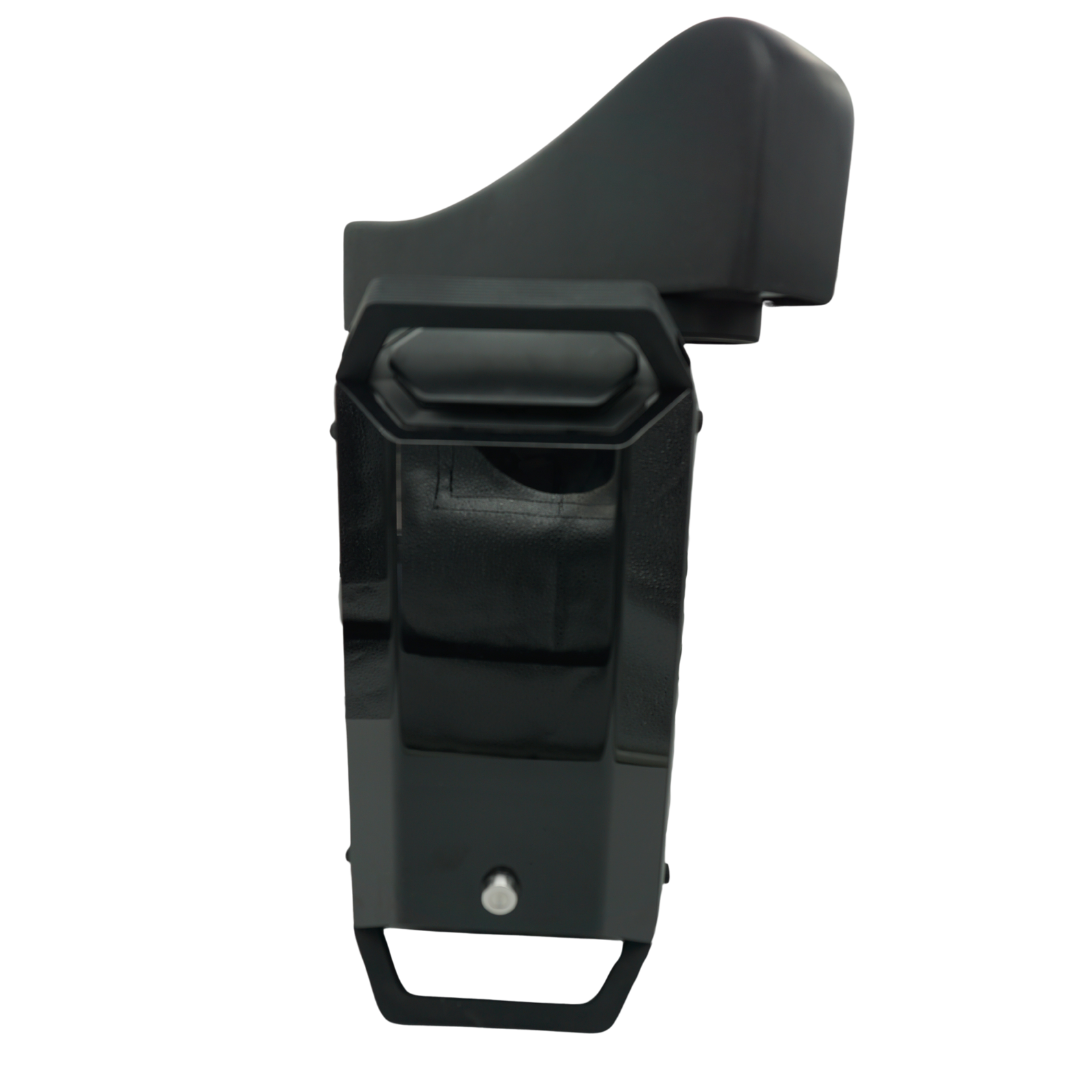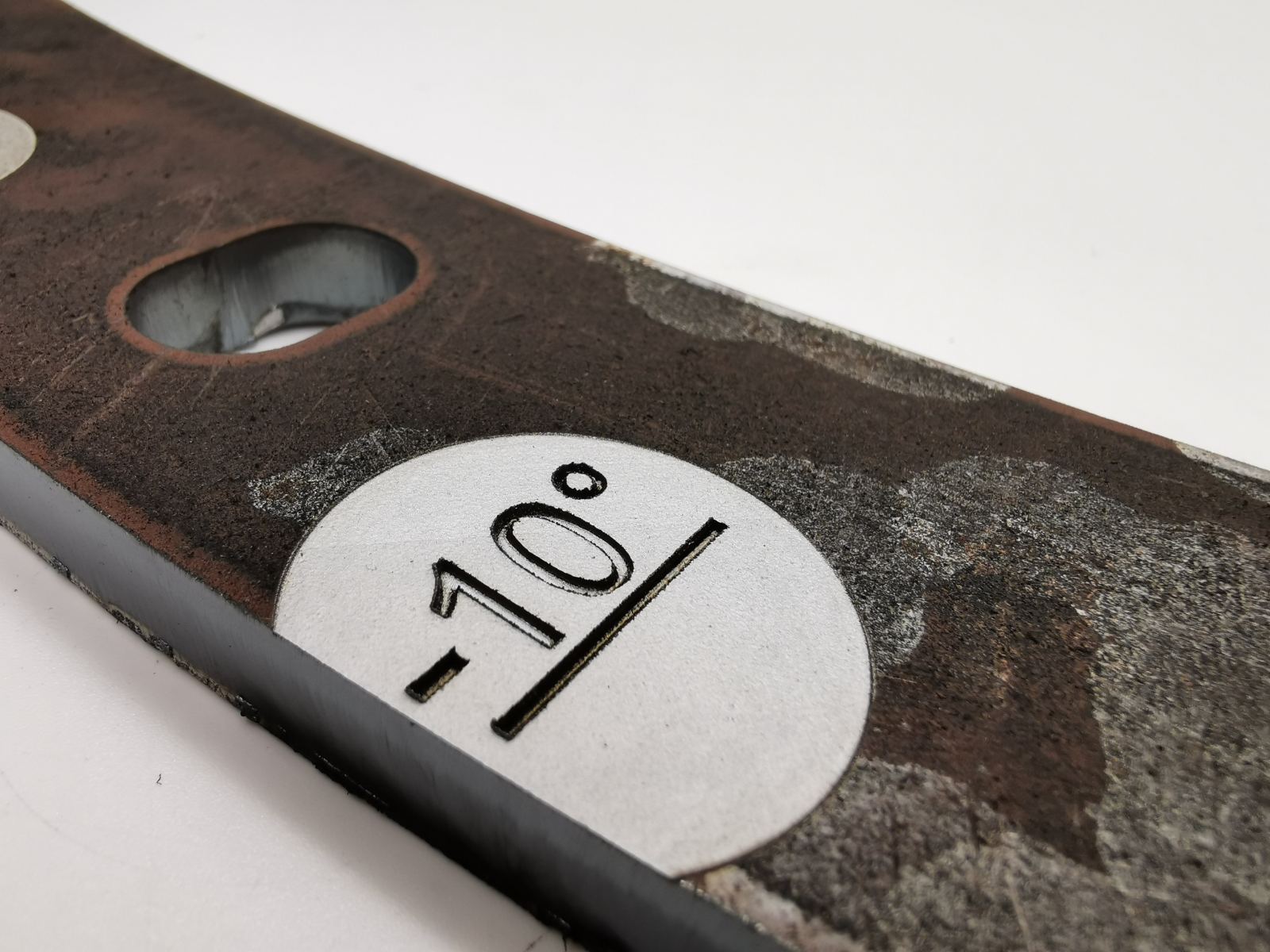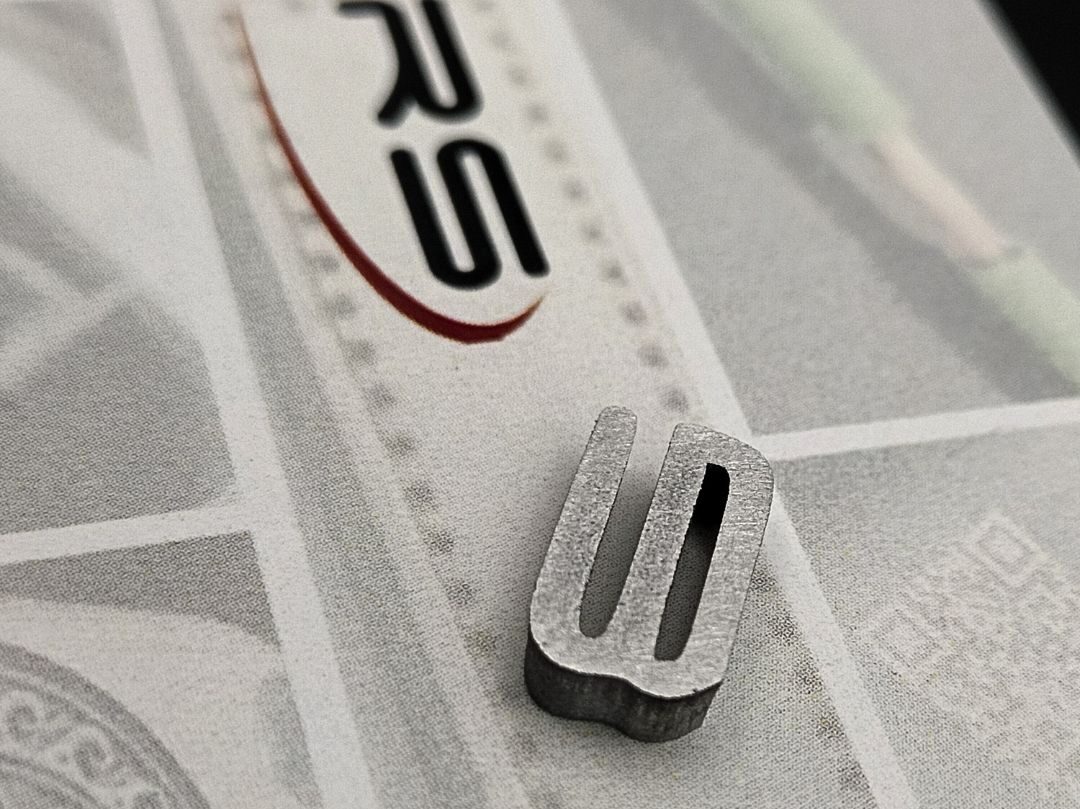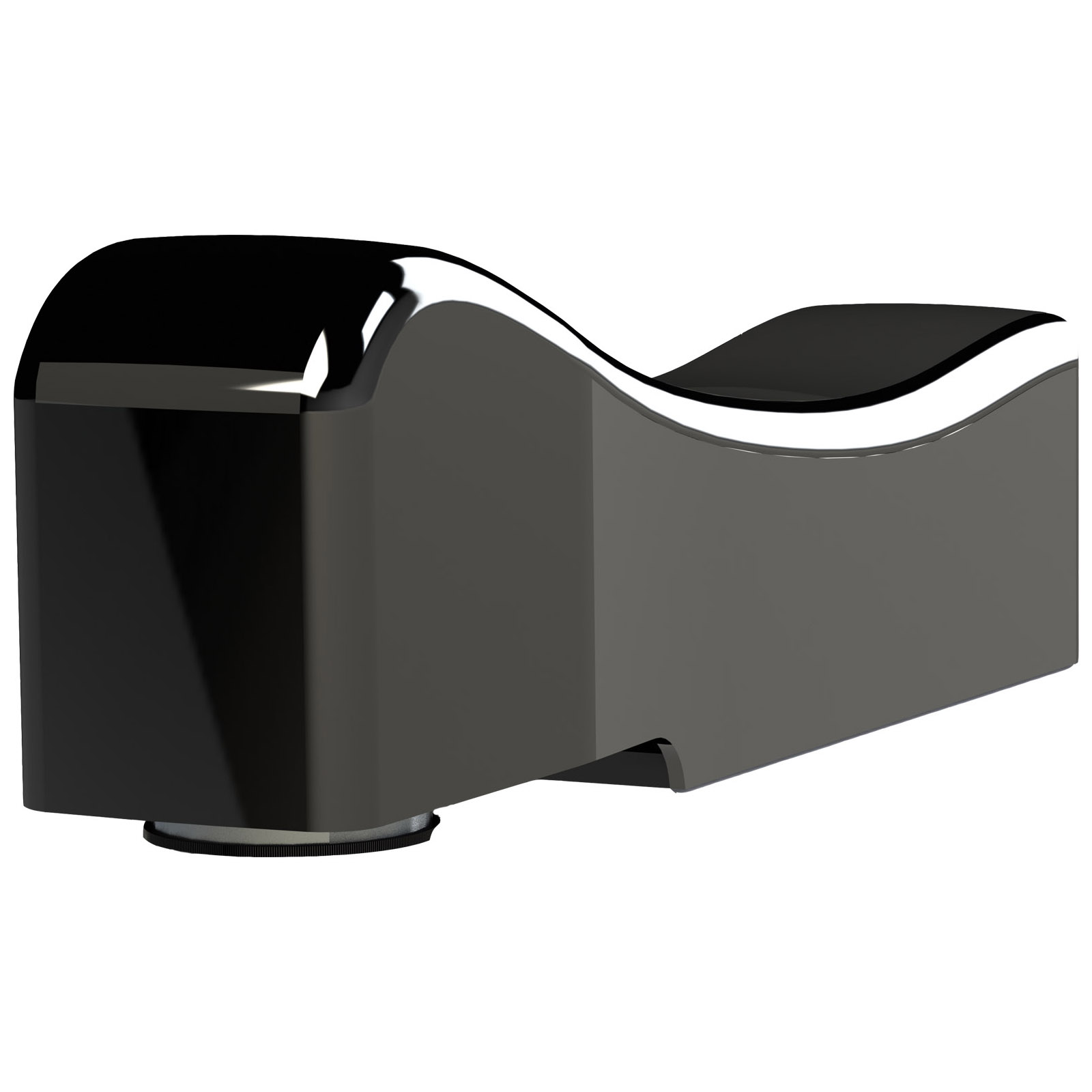Prémium megoldások
A precizitás kulcsfontosságú szerepet játszik a lézeres technológiák és a magas minőségű szolgáltatásaink terén is.
Megbízható szakértelem
Szakértelemmel rendelkező mérnöki csapat garancia arra, hogy a berendezések tervezésétől kezdve a karbantartáson át precízen hajtanak végre.
4 év garancia
Elkötelezettséget mutatunk termékeink minősége és megbízhatósága iránt, pontosan ezt tükrözi a garancia időtartama is.
Preventív karbantartás
A folyamatos karbantartás segít minimalizálni a lehetséges meghibásodásokat és leállásokat, illetve megőrzi a berendezések élettartamát és hatékonyságát.
Szolgáltatásaink
LÉZER TISZTÍTÁS
A lézeres tisztítás érintésmentes és biztonságos folyamat, melynek számos előnye van, hiszen nincs szükség vegyszerre, homokra vagy egyéb hulladékanyagra, így az állandó költségek minimálisra csökkennek. Lézeres tisztítás a hagyományos tisztítási folyamatokkal szemben Energiatakarékos és környezetbarát tisztítási eljárás. A hagyományos tisztítási módszerek, mint a homokfúvás vagy az oldószeres megoldások jelentős energiafogyasztást igényelnek és a környezetre is […]
KÉZI LÉZER TISZTITÁS
A lézeres tisztítás érintésmentes és biztonságos folyamat, melynek számos előnye van, hiszen nincs szükség vegyszerre, homokra vagy egyéb hulladékanyagra, így az állandó költségek minimálisra csökkennek. Kézi lézer tisztító berendezések: Nagyméretű munkadarabokon kiválóan használható, ahol elsődleges szempont az anyagfelület sérülésmentes tisztítása. (pl. mérnöki alkatrészek, mechanikai elemek, öntősablonok, fröccsöntő szerszámok.) Amorf alakú, bonyolult formájú munkadarabokon vagy alkatrészeken […]
LÉZERES FELÜLETKEZELÉS
Egyszerű és gyors megoldás különféle anyagok lézeres felületkezelésére. A többféleképpen állítható lézerteljesítménynek köszönhetően a lézerberendezés sokrétűen használható, így többféle felületkezelést érhetünk el. A folyamatosan fejlődésünknek köszönhetően a lézeres felület kezelés is megtalálható a technológiáink között. Számos előnye van közé sorolható a nagy pontosság, kontrollált eljárás, gyorsaság és hatékonyság is. A felület teljesen automatizált, így a […]
LÉZER VÁGÁS
A precíziós lézervágás egy hatékony eljárás, amely lehetővé teszi, hogy összetett formákat vágjunk ki az alapanyagból. A pontos paraméterek megadásával pontos mikronvágási eredményeket tudunk biztosítani, mivel a folyamat teljesen automatizált. Precíziós lézer vágás Pontos és sokoldalú felhasználást biztosít, amellyel meghatározott formájú és méretű anyagokat vághatunk. Anyagok tekintetében is széles skálából tudunk választani, mint például a […]
LÉZER MARÁS
A hagyományos marógépekhez képest itt nincs szerszámkopás, mivel a lézeres eljárás nem igényel szerszámot a megmunkáláshoz. A lézer marás egy olyan korszerű megmunkálási technológia, amely a lézersugarakkal távolít el anyagot az alapanyagból. A folyamat során különböző mintákat, alakzatokat, feliratokat készíthetünk el akár szintkülönbségeket is létre tudunk hozni, mert a lézermaró képes lekövetni a topológiát. Az […]
MANUÁLIS LÉZER HEGESZTÉS
A manuális lézeres hegesztéshez nincs szükség huzalanyagra vagy védőgázra. A folyamat elvégezhető kézi szerszámmal vagy teljesen automata berendezéssel. A manuális lézer hegesztő egy olyan eszköz, amely lézersugarat használ fémek vagy más anyagok összekapcsolására. A lézer hegesztés előnyei közé tartozik a nagy pontosság, a minimális hőhatás, rugalmas és sokoldalú felhasználás és a magas minőségű hegesztési varratok. […]
LÉZER JELÖLÉS
A lézeres jelölés hosszú távú nyomon követhetőséget biztosít, mert nem kopik le, mint a festék vagy a tinta, és nem szakad el, mint egy címke. A jelölés alapvető műszaki funkciónak számít. Igény szerint variálható bármelyik technológiánkkal. A lézeres jelölés egy modern és hatékony technológia, amely lézersugarak segítségével hoz létre állandó jelöléseket különböző felületeken. Alapanyagok széles […]
LÉZERES HEGESZTÉS
A lézeres hegesztéshez nincs szükség huzalanyagra vagy védőgázra. A folyamat elvégezhető kézi szerszámmal vagy teljesen automata berendezéssel. A precíziós lézerhegesztő berendezések speciális eszközök, amelyeket finom és pontos hegesztési feladatok elvégzésére terveztünk. A precíziós lézerhegesztők képesek nagyon kis tűréshatárokkal dolgozni, lehetővé téve az apró és érzékeny alkatrészek hegesztését. Ezek a berendezések minimális hőt juttatnak az anyagba, […]
SZÍNES LÉZER JELÖLÉS
Az egyedi jelölések elkészítése lézertechnológiával nem akadály, csak a megfelelő alapanyagra van szükségünk és egyedi formájú színes jelöléseket is készíthetünk. Színes lézer jelölés A színes lézer jelölés nem egy elterjedt technológia, inkább dizájn szempontjából érdekes. Különböző színű minták és feliratok elkészítésére alkalmas. A színeket többféle eljárással is létre lehet hozni csak a megfelelő alapanyag és […]
Együttműködés
➊ Lépjen kapcsolatba velünk
➋ Egyedi ajánlatot adunk
➌ Megkezdjük a munkát
➍ A-Z-ig intézünk mindent
Rólunk

A FibeerSX csapata egyedi lézerfejlesztéssel foglalkozik és modulárisan készíti el a berendezéseket. Lézeres fejlesztésre fókuszáló cégként a cél az, hogy multifunkciós és felhasználóbarát berendezéseket hozzunk létre, amelyek hatékony munkavégzést biztosítanak. Legyen szó beépíthető lézer modulról, munkaállomásról, safety box-ról, vagy teljesen egyedi megoldásokról. Berendezéseink teljes alkalmazkodási képességgel bírnak. Integrálhatóak gyártósorba, használhatóak különböző technológiákkal ötvözve, mint a robotika (rész- vagy teljes robotizáció), automatika, pneumatika és további technológiák. Amikor a munkafolyamat nem teljesen automatikus, akkor az emberi tényezőt figyelembe véve a komfortos munkavégzést részesítjük előnyben, amely a személyre szabható munkatér lehetőségét biztosítja.
Berendezések
LÉZER MODUL
Lézermoduljaink gyártósorba integrálhatók, és különböző technológiákkal kombinálva használhatók, mint például a robotika (részleges vagy teljes robotizálás), automatizálás, pneumatika és egyéb technológiák. Ha a munkafolyamat nem teljesen automatikus, akkor előnyben részesítjük a kényelmes munkavégzést, az emberi tényező figyelembe vételével, ami lehetőséget ad egy személyre szabható munkaterületre. A lézer modul több felhasználási lehetőséget és kínál számunkra. A […]
MUNKAÁLLOMÁS
Minden projektet a megrendelői igények és a biztonsági előírások figyelembevételével tervezünk. Egyedi munkaállomásaink teljes mértékben adaptálhatók. Munkaállomásainkat precízen és szakértelemmel terveztük az optimális teljesítmény és hatékonyság érdekében. Ezen kívül lézeres munkaállomásaink CE tanúsítvánnyal rendelkeznek, amely garantálja az európai biztonsági és minőségi szabványok betartását. Minden projektet a megrendelő igényeinek és az aktuális projekt kiírás figyelembevételével tervezünk. […]
Safety box
Ügyfeleink számára egyszerű megoldást is kínálunk. Kisebb alkatrészekhez is jó megoldást nyújt. A feldolgozásra váró alkatrészt, darabot érzékelőkkel felszerelt biztonsági dobozban tudjuk elhelyezni. A lézermodul a számítógépről vezérelhető biztonsági doboz tetejére került. Használható kézi adagolással és precíz megoldást nyújt a bérbeadásra is. Később természetesen egy újrakonfigurálható gyártósoron vagy munkaállomáson is használható a modul. Ügyfeleink számára […]
1D LÉZER BERENDEZÉS
Tökéletes megoldás összetett és amorf alkatrészek és szerszámok tisztítására. Kellő szakértelemmel anyagveszteség nélkül meg tudjuk tisztítani a felületet. Állítható teljesítményszintjének köszönhetően különféle felületeken használható. Precíz, környezetbarát és szép felületet biztosít a felhasználónak. A kézi lézer tisztító berendezések modern, innovatív eszközök, amelyek egyre népszerűbbek a különböző iparágakban a tisztítási feladatokhoz. Mivel a folyamat alatt csak lézersugarat […]
Robotika a lézertechnológiában
- Teljes robotizálás
- Rész robotizálás
- Robot cella
- Automatizálás
- Pneumatika
- Gyártósor telepítés
- Beépülő modul


















